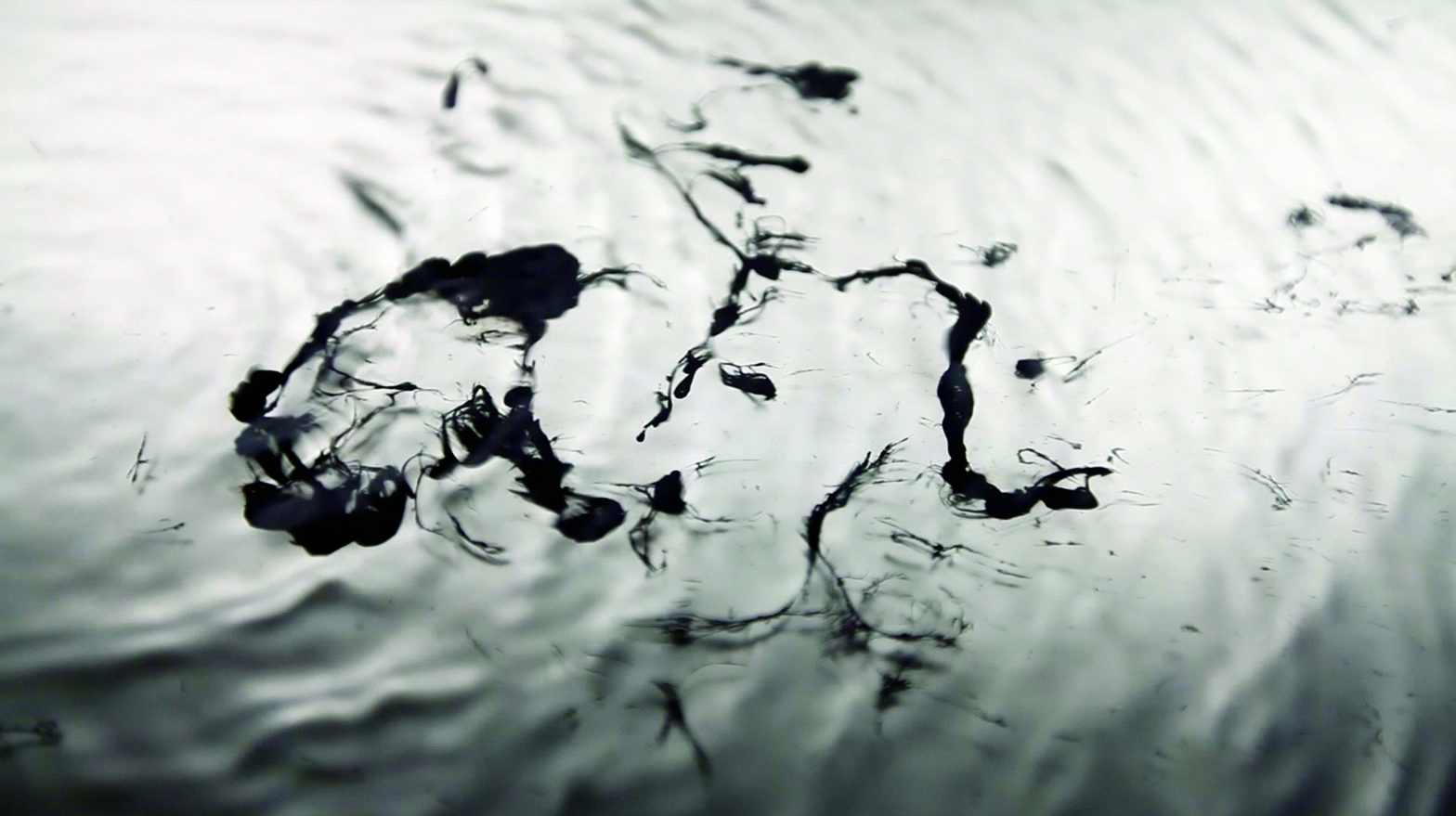Charwei Tsai
-
A Dedication to the Victims of the Tsunami of March 11, 2011
TKG+, Art Fair Tokyo, Japan 29 March ~ 1 April 2012 Exhibited Work: A Dedication to the Victims of the Tsunami of March 11, 2011, 2012, Installation I would like to take this opportunity of exhibiting in Japan to dedicate a work to the victims of the Tsunami that took place only a year ago.…
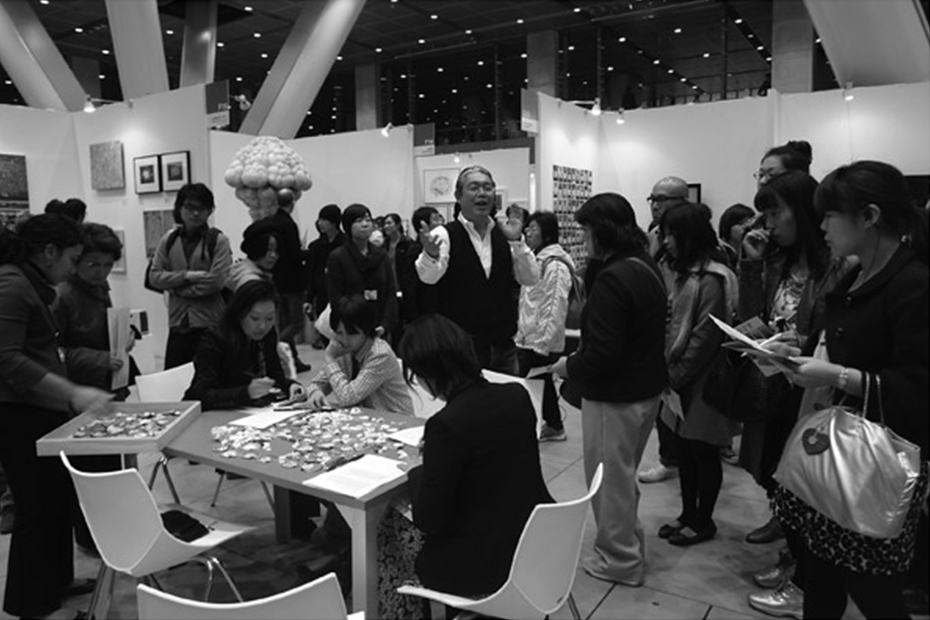
-
Trading Futures
Curated by Meiya Cheng and Pauline Yao Taipei Contemporary Art Center (TCAC), Taipei, Taiwan 4 ~ 31 March 2012 Exhibited Work: Lovely Daze Special Edition: Taipei Contemporary Art Center, 2012, Artist’s Book, 21x15cm, 500 copies Work Description: Lovely Daze is a contemporary art journal published twice a year since 2005. For our special editions, we…
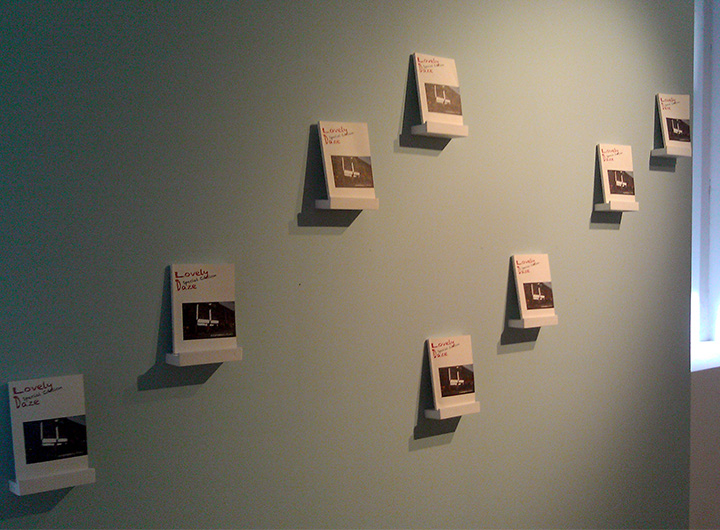
-
Millennium Magazines
Curated by Rachael Morrison and David Senior Museum of Modern Art, Education Center, New York, USA 20 February ~ 14 May 2012 Exhibited Work: Complete Set of Lovely Daze This survey of experimental art and design magazines published since 2000 explores the various ways in which contemporary artists and designers utilize the magazine format as…
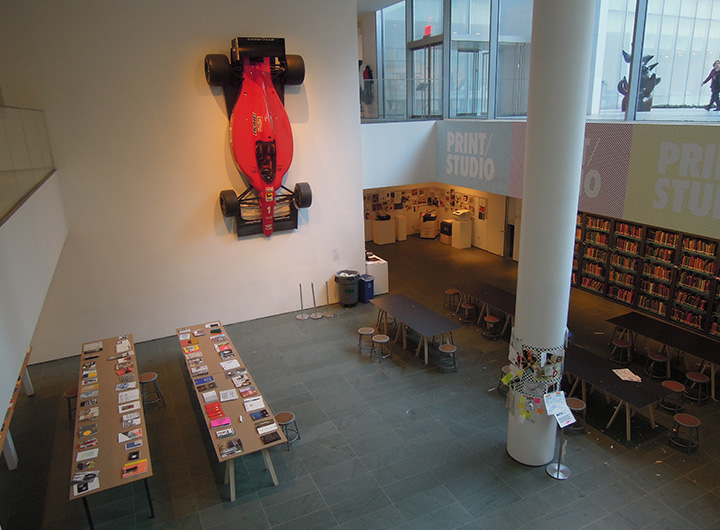
-
Nomad Store
Nomad Store – An Exploration of Young Chinese Creativity – Art, Fashion, Publishing Curated by John Marchant London Newcastle Project Space, UK 16~23 February 2012 Exhibited Works: – Complete set of Lovely Daze – Ah! 2011, HD Video with sound – Circle, 2009, Video Press Release: Isis Gallery and Triple Major of Beijing are very…
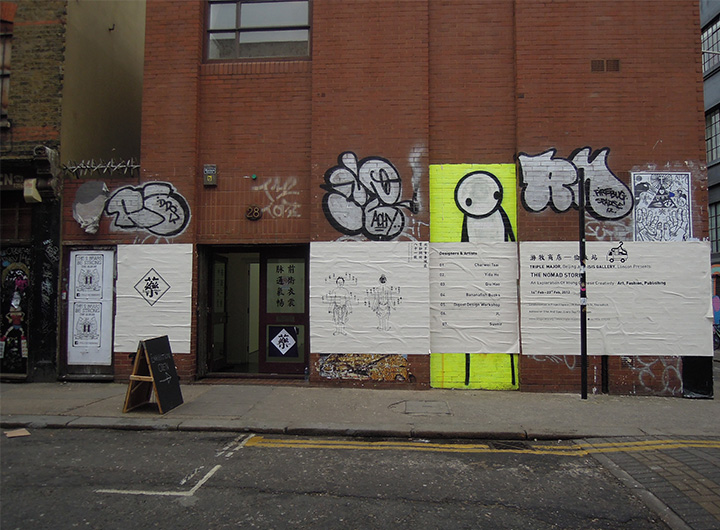
-
Ruhrtriennale
Arrival – Searching for Now is this season’s title, following on from Awakening and Migration, and this year we want to go further east and encounter the world of Buddhist thought. After two seasons where we have been concerned with monotheistic religions, our attention will now address a culture which has an entirely different awareness of spiritual links and religious…
